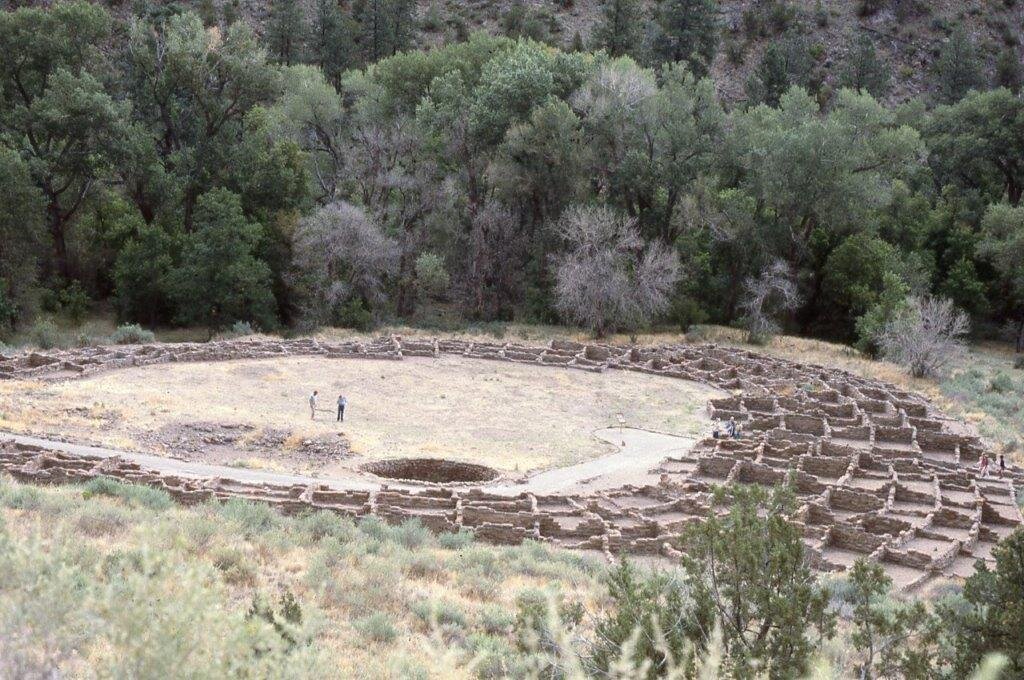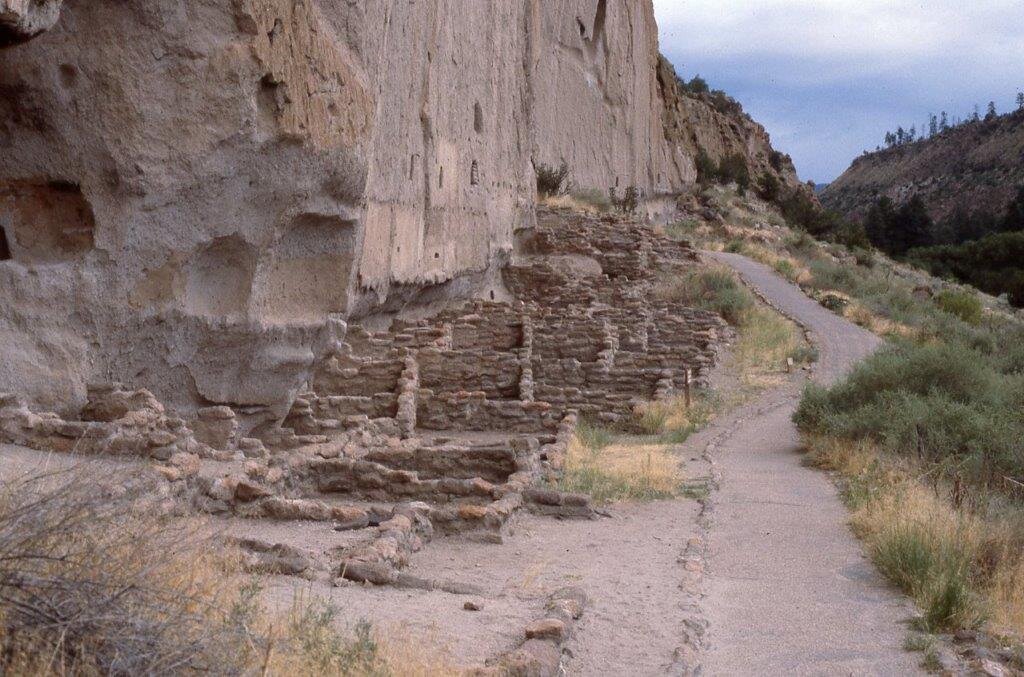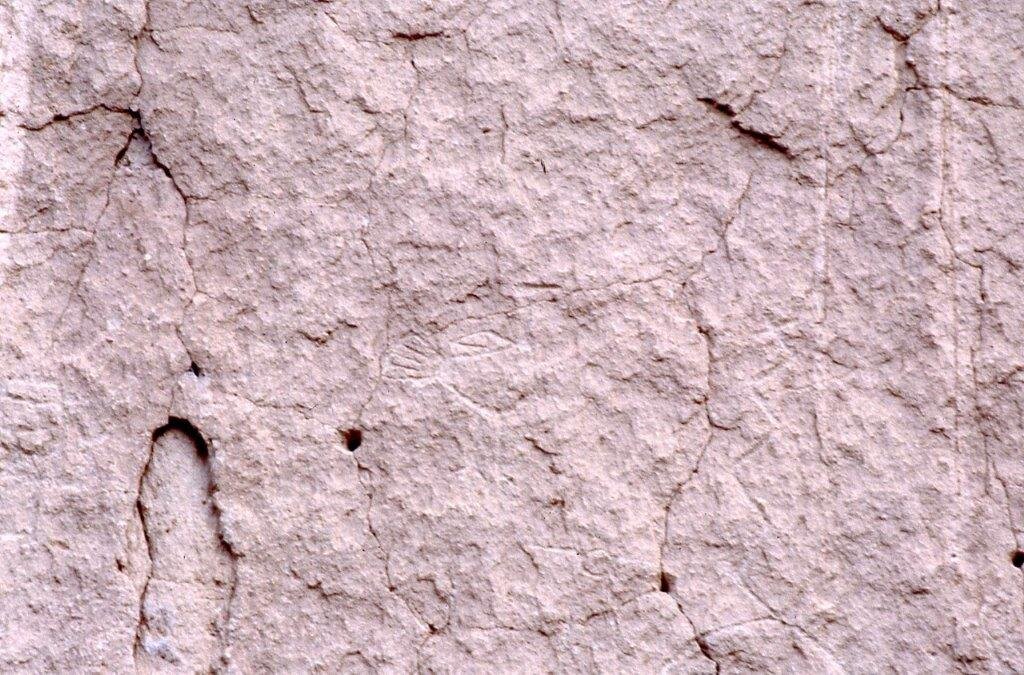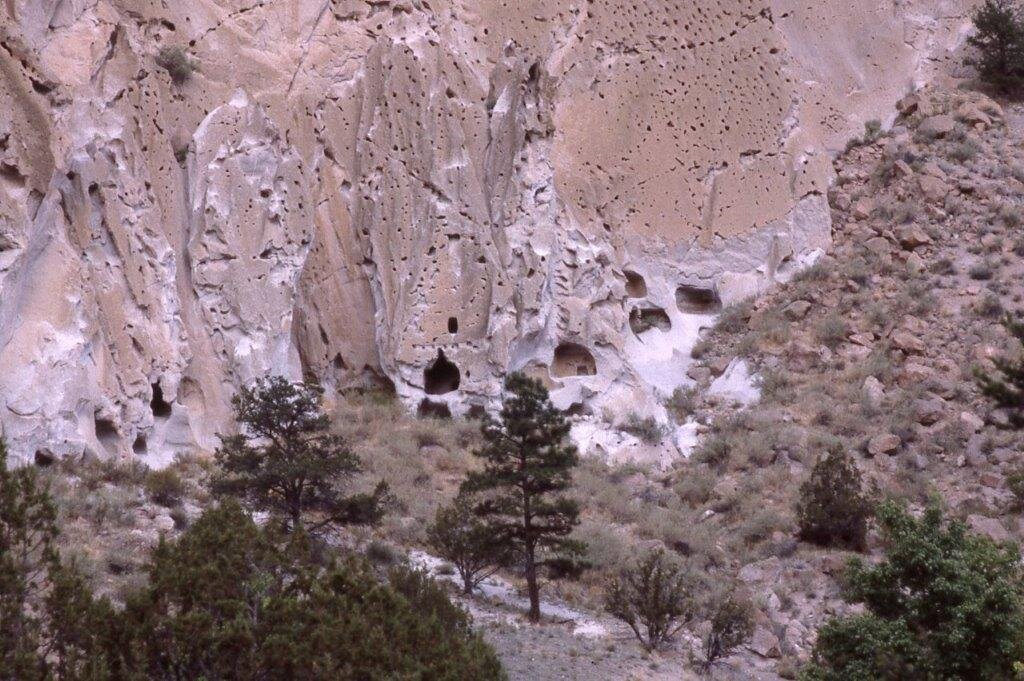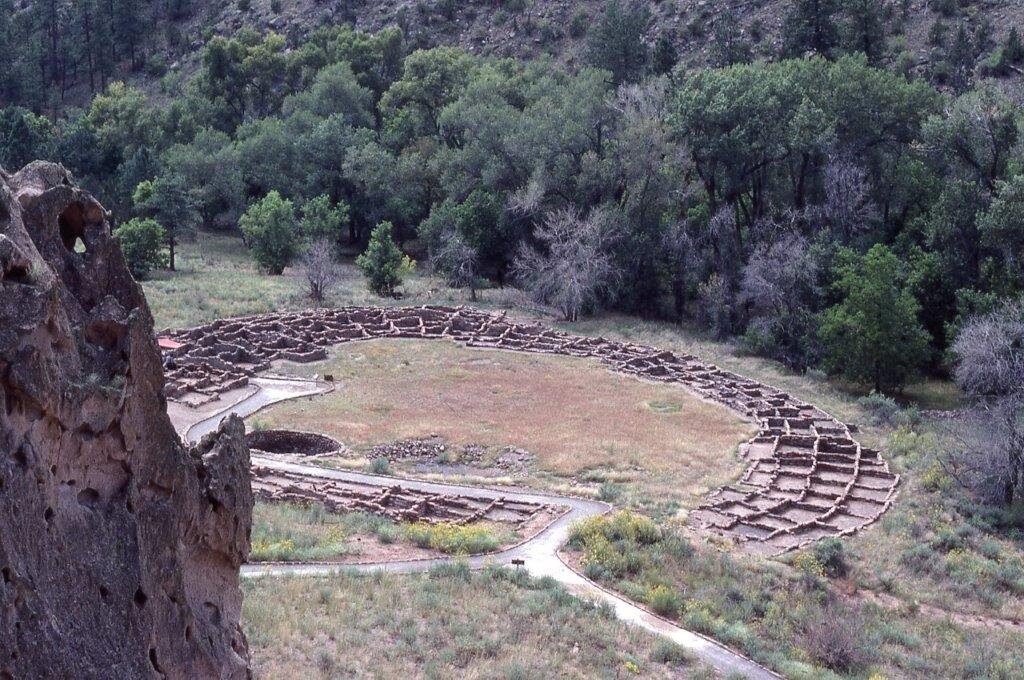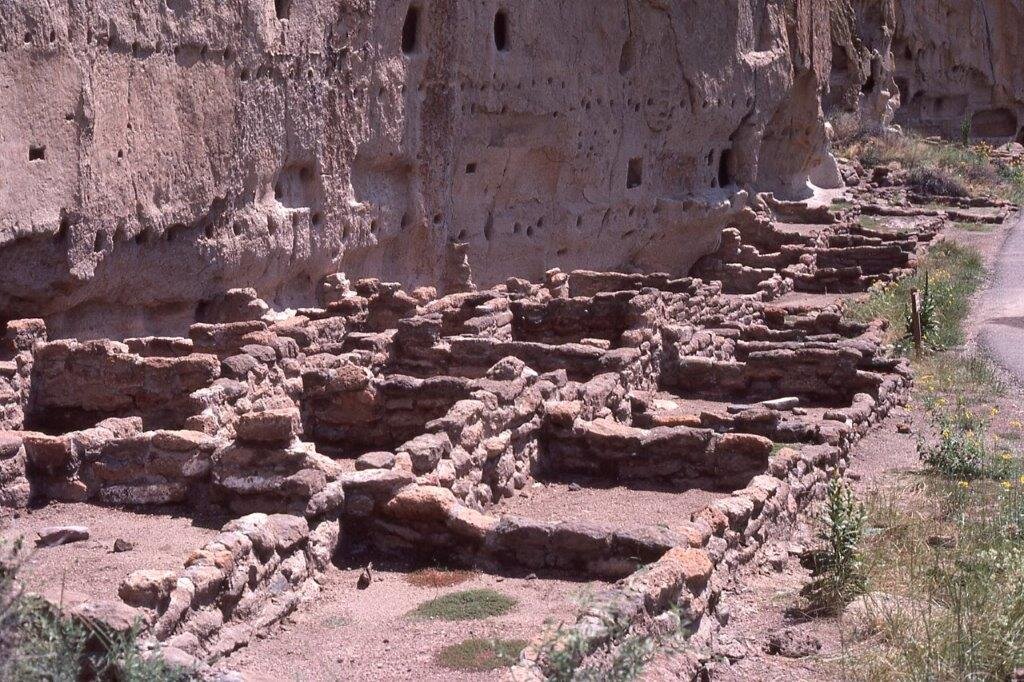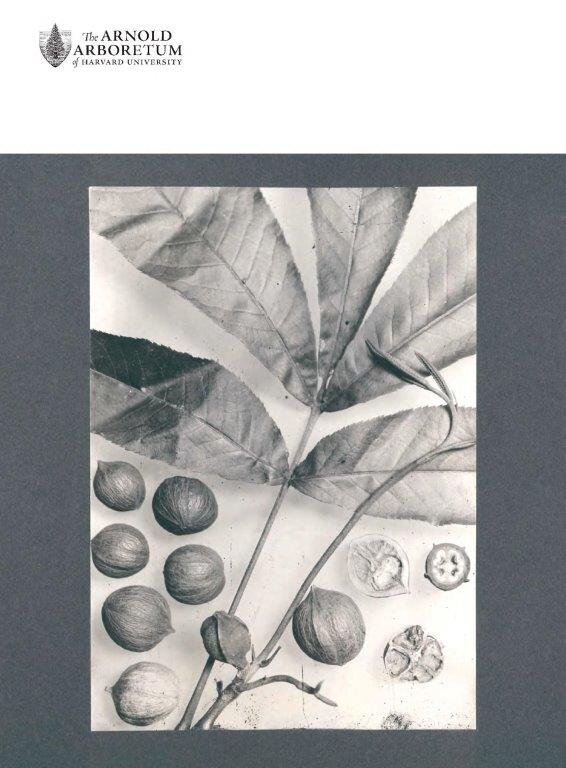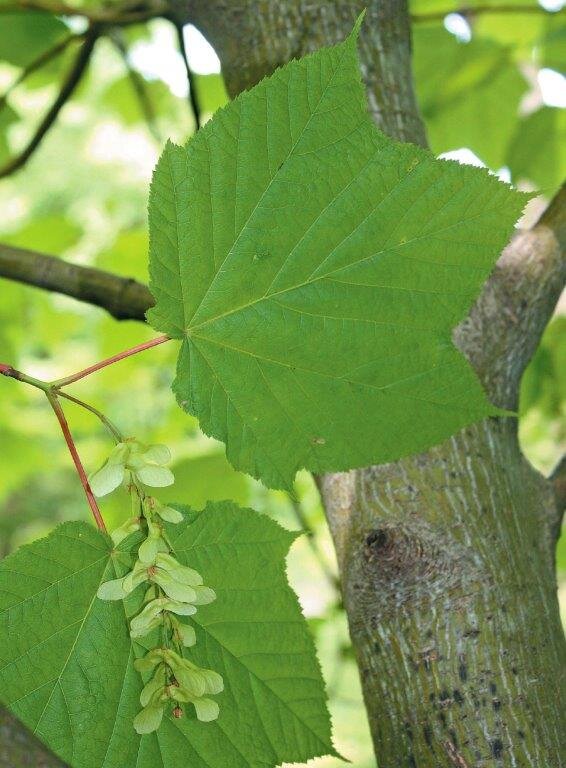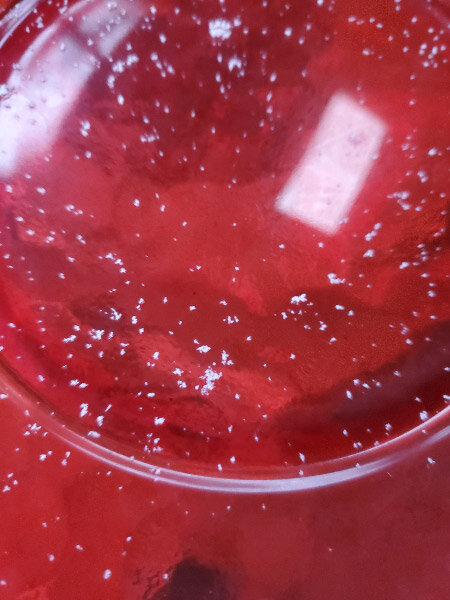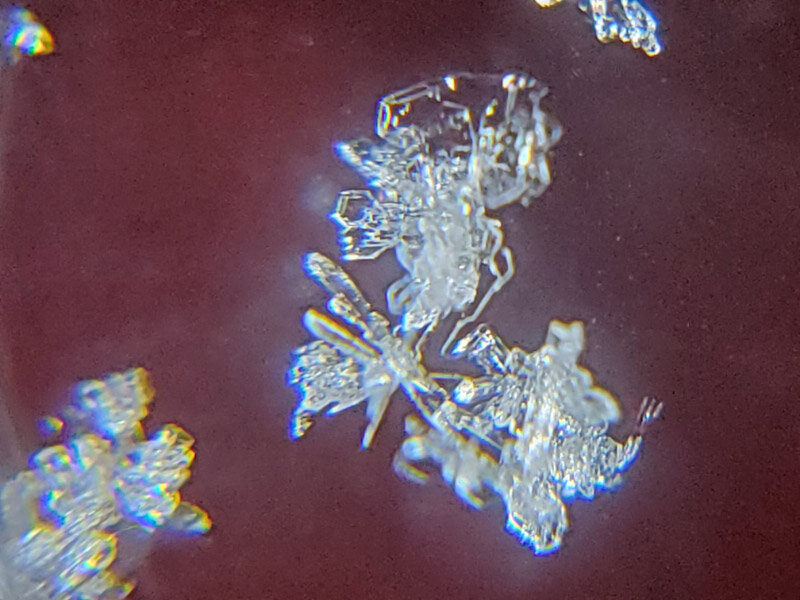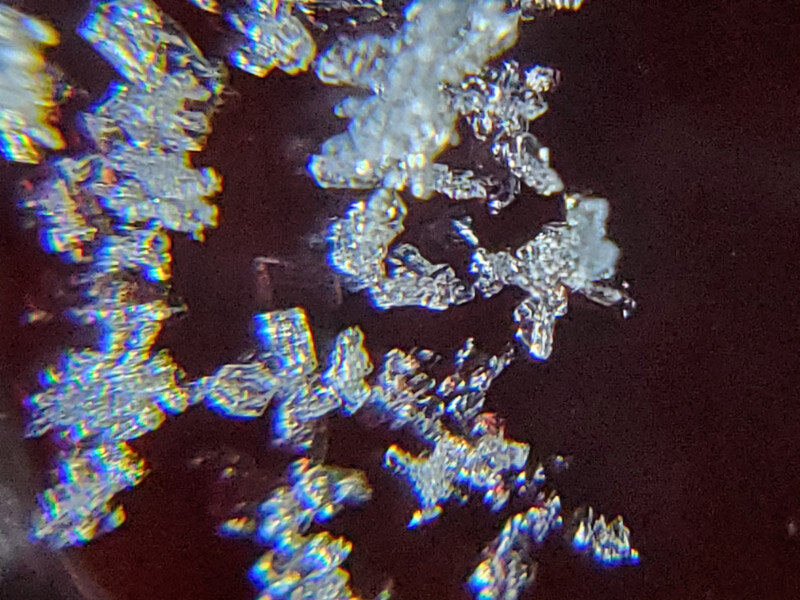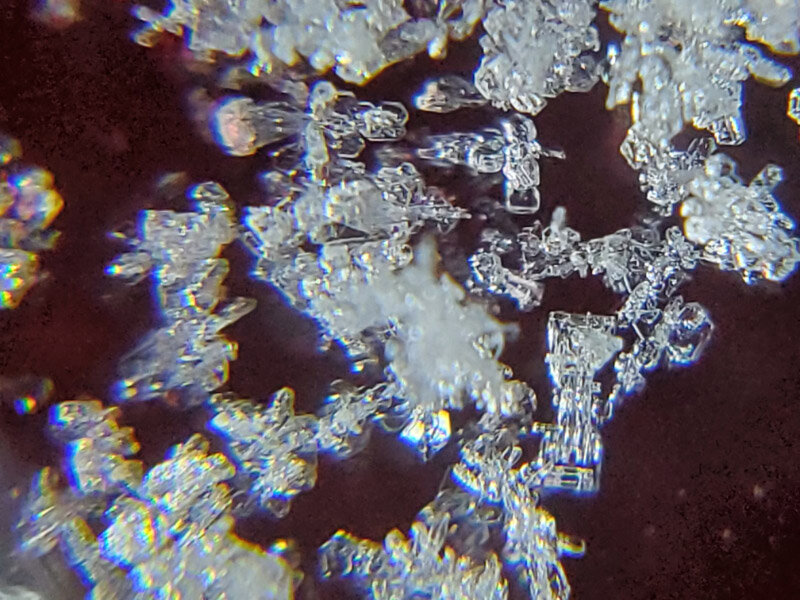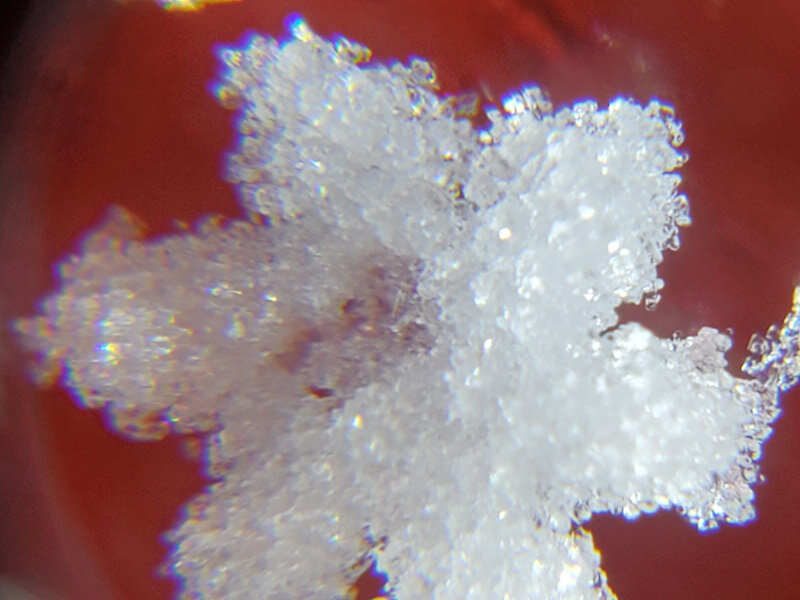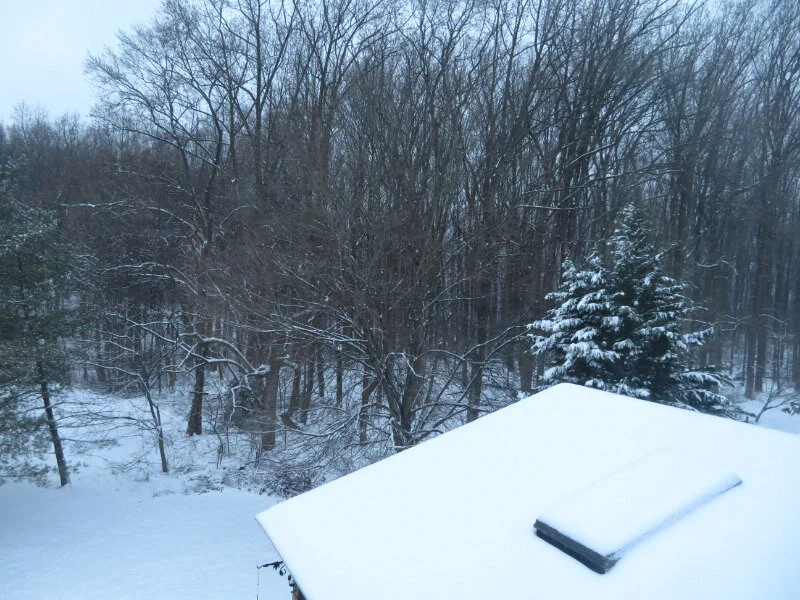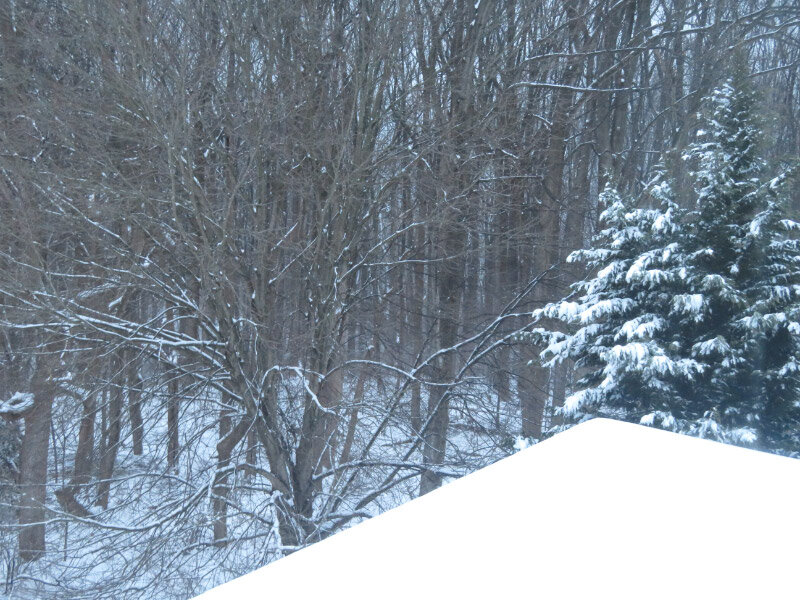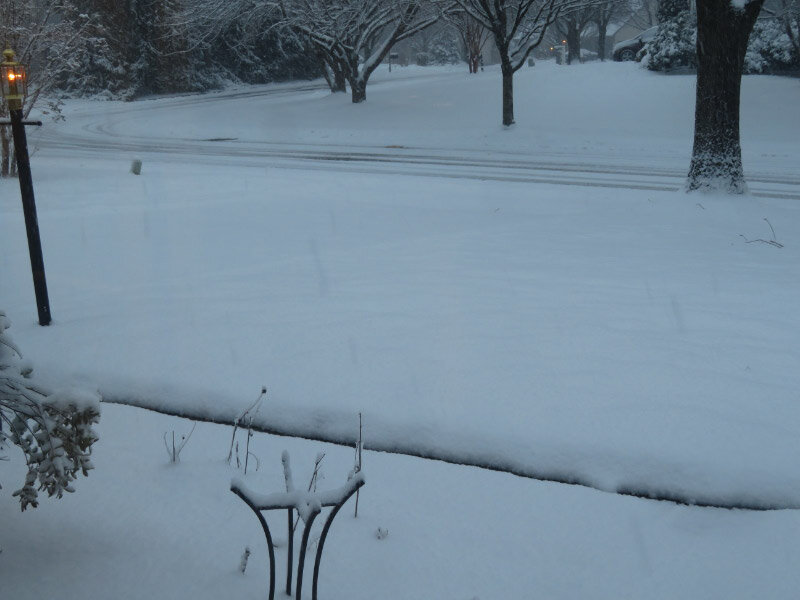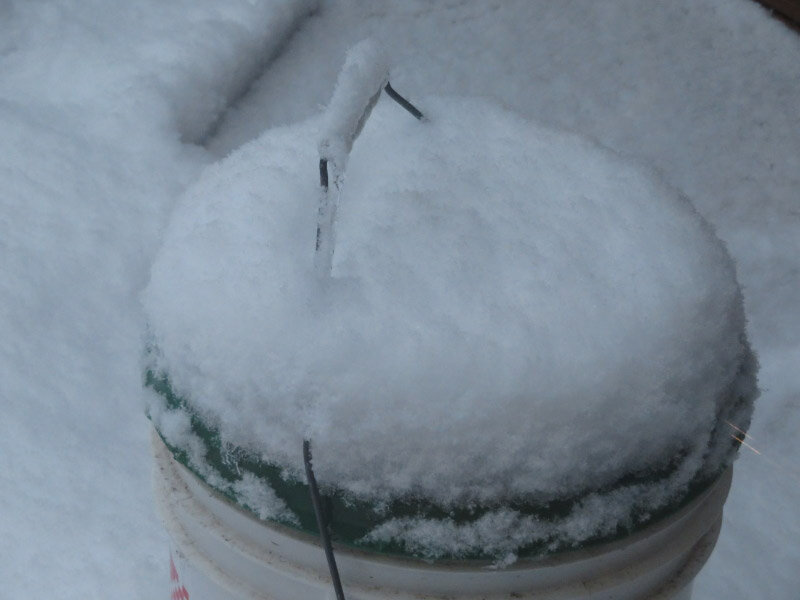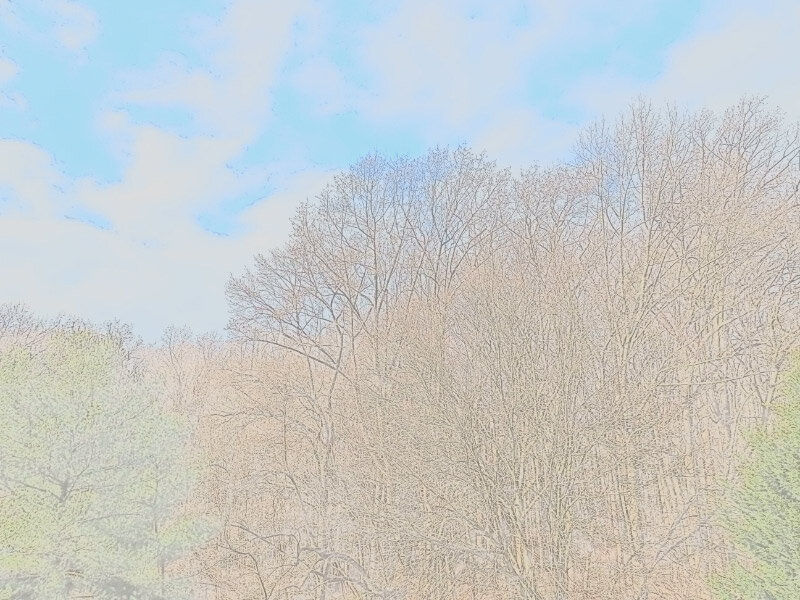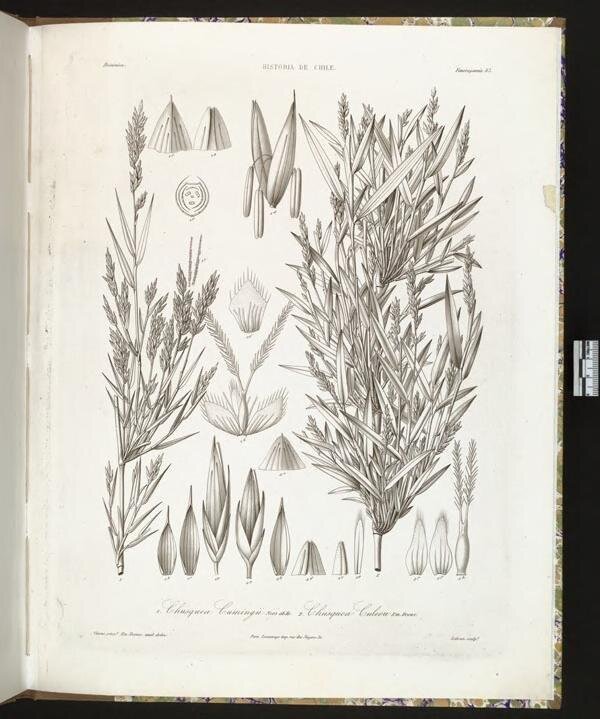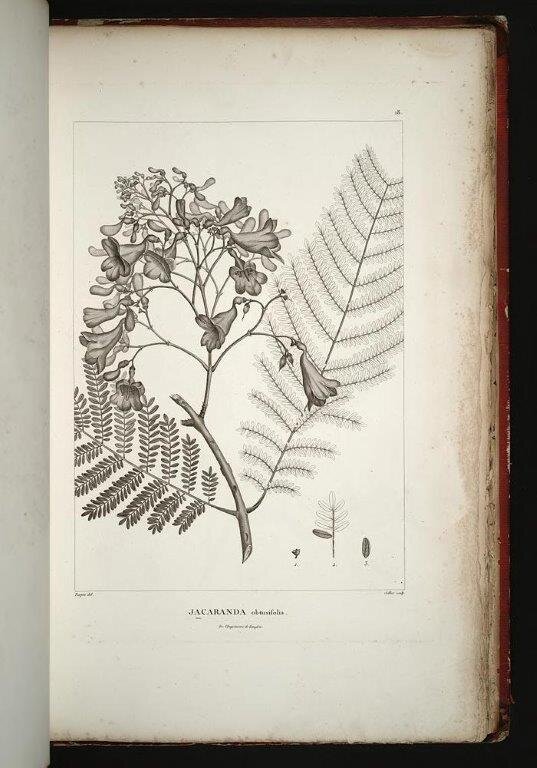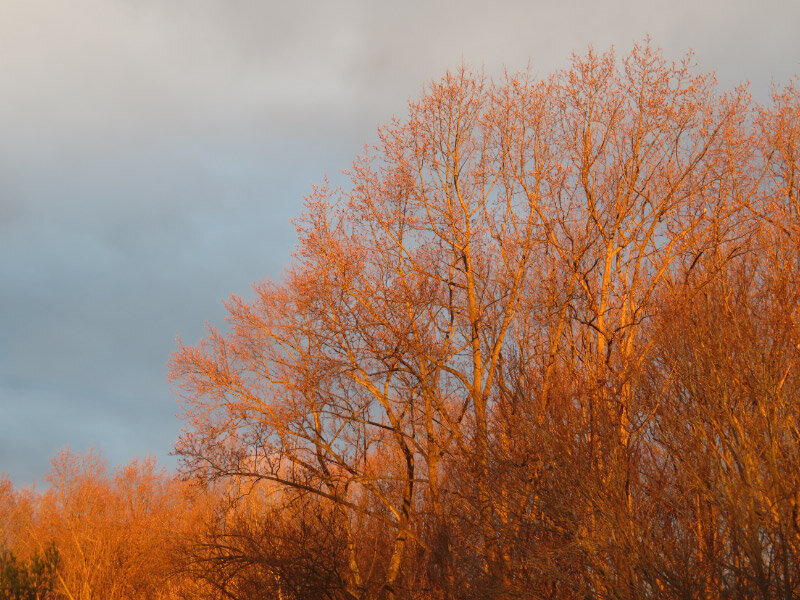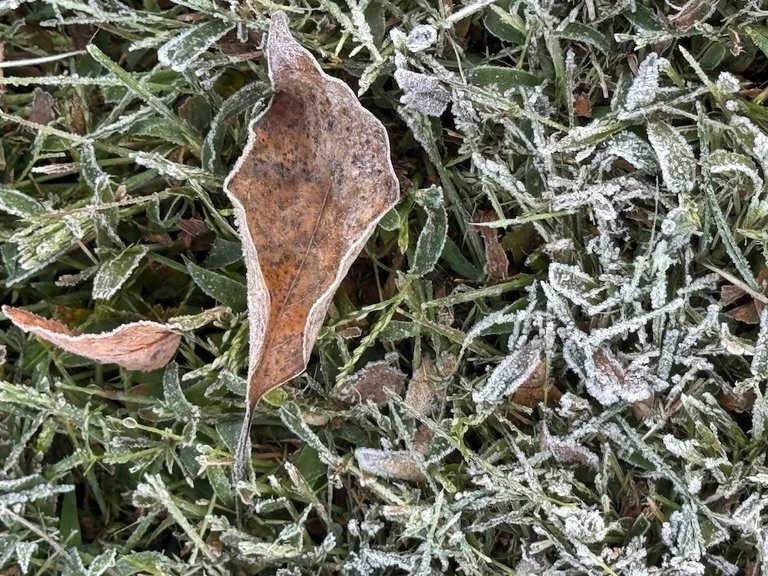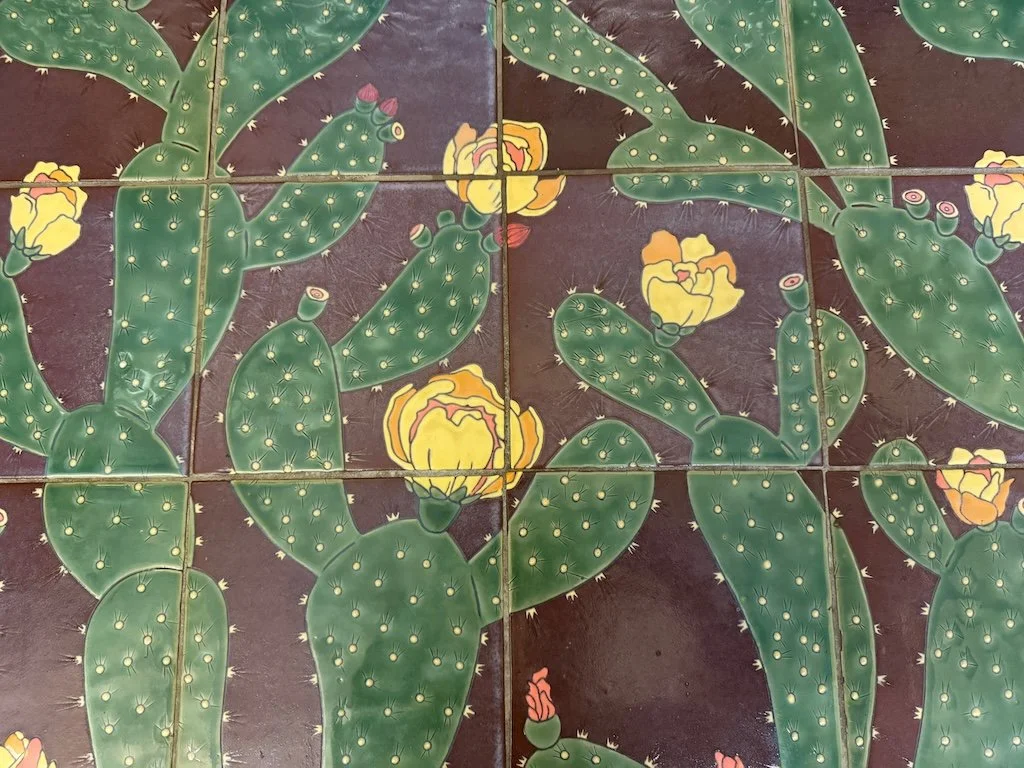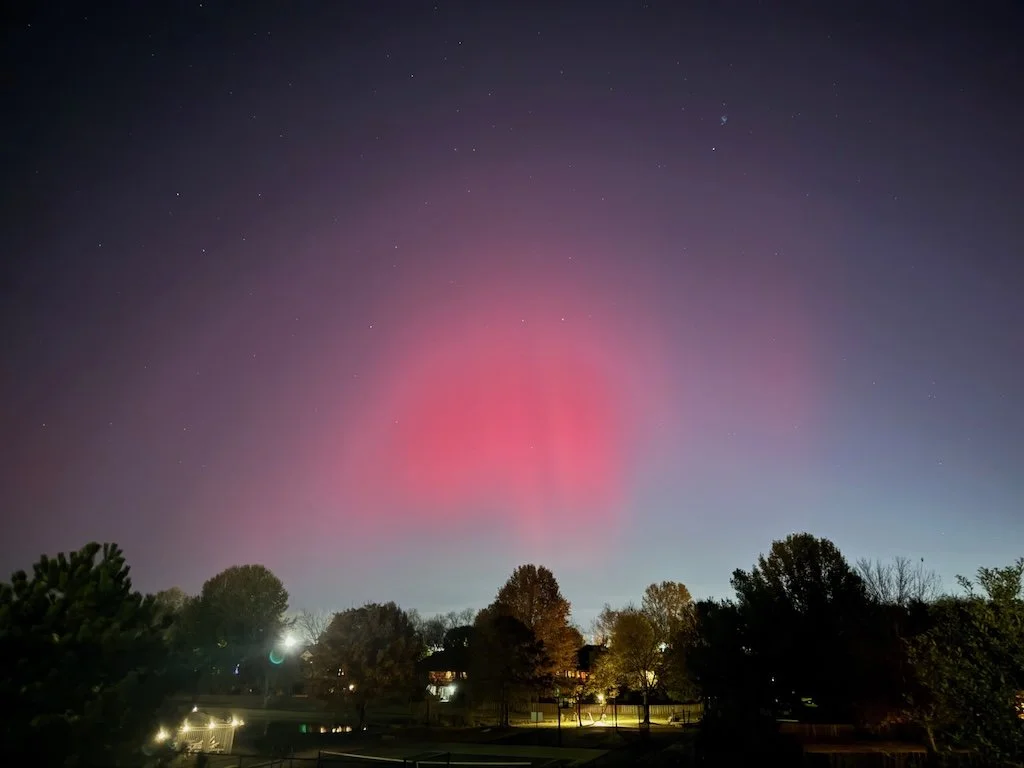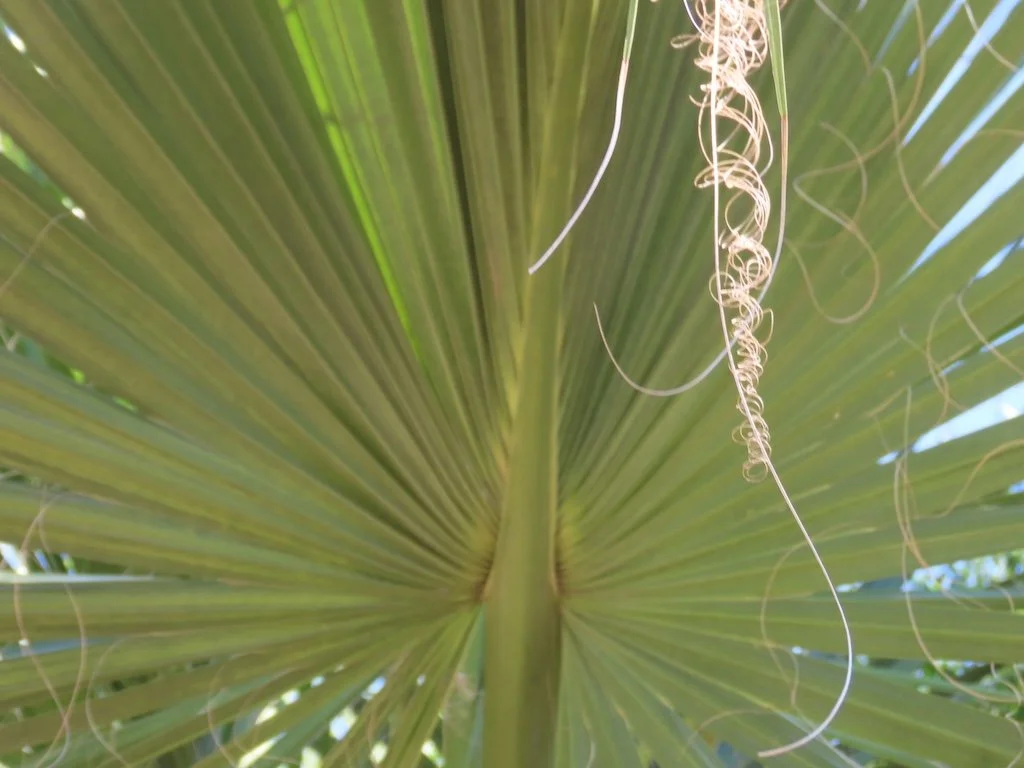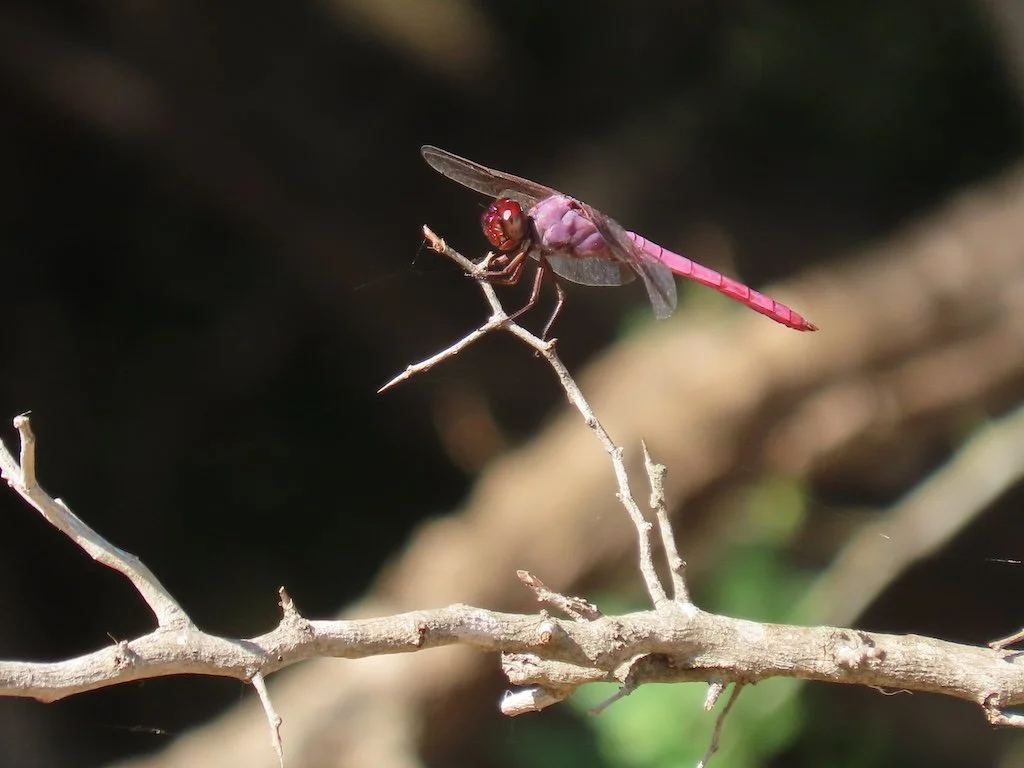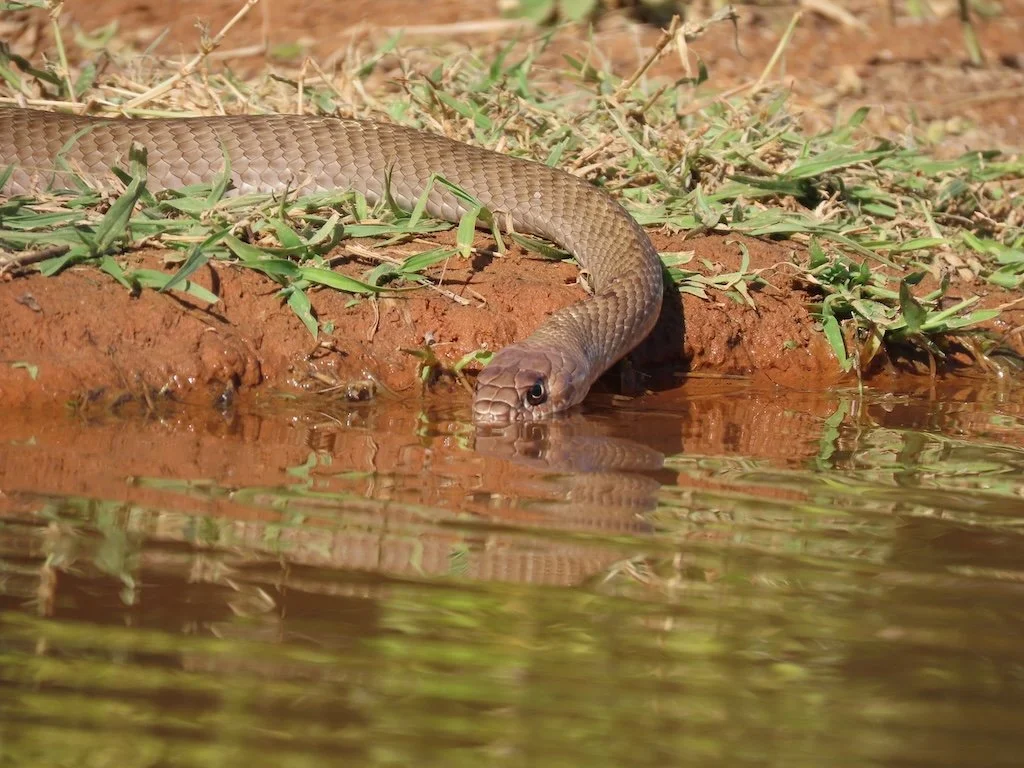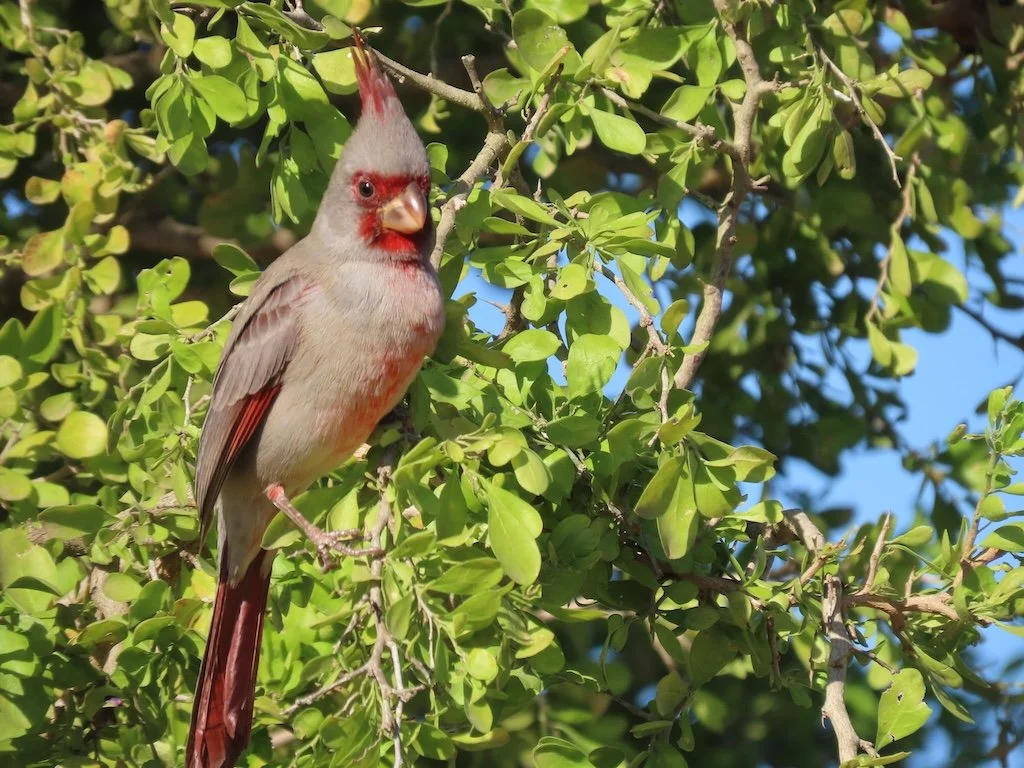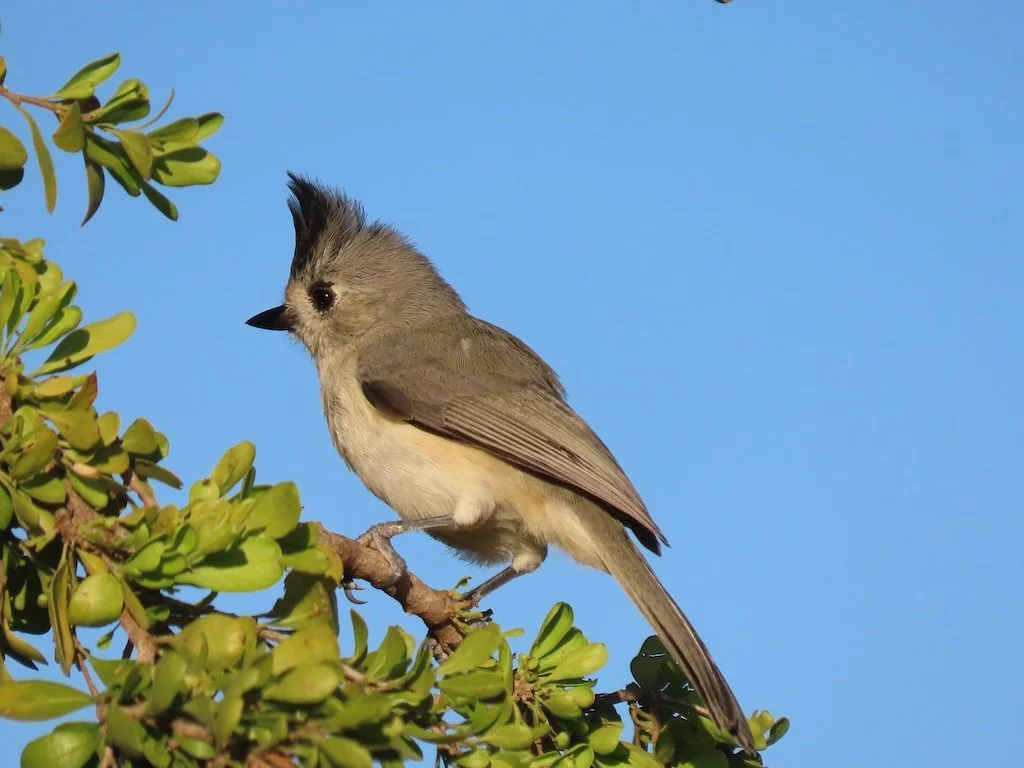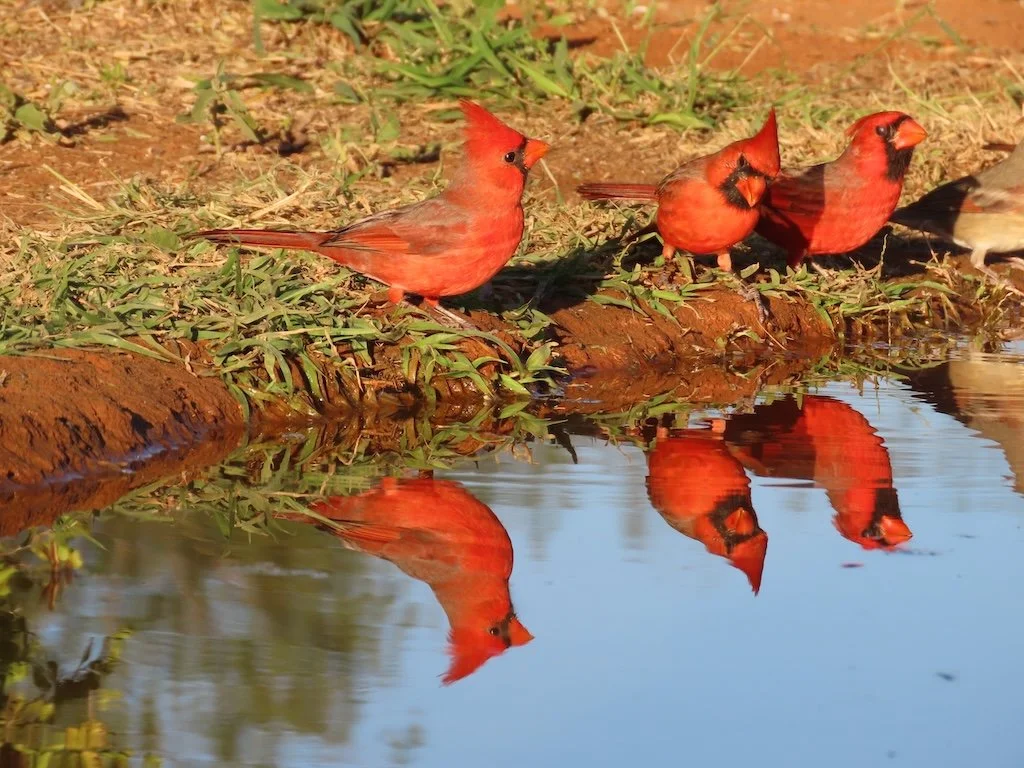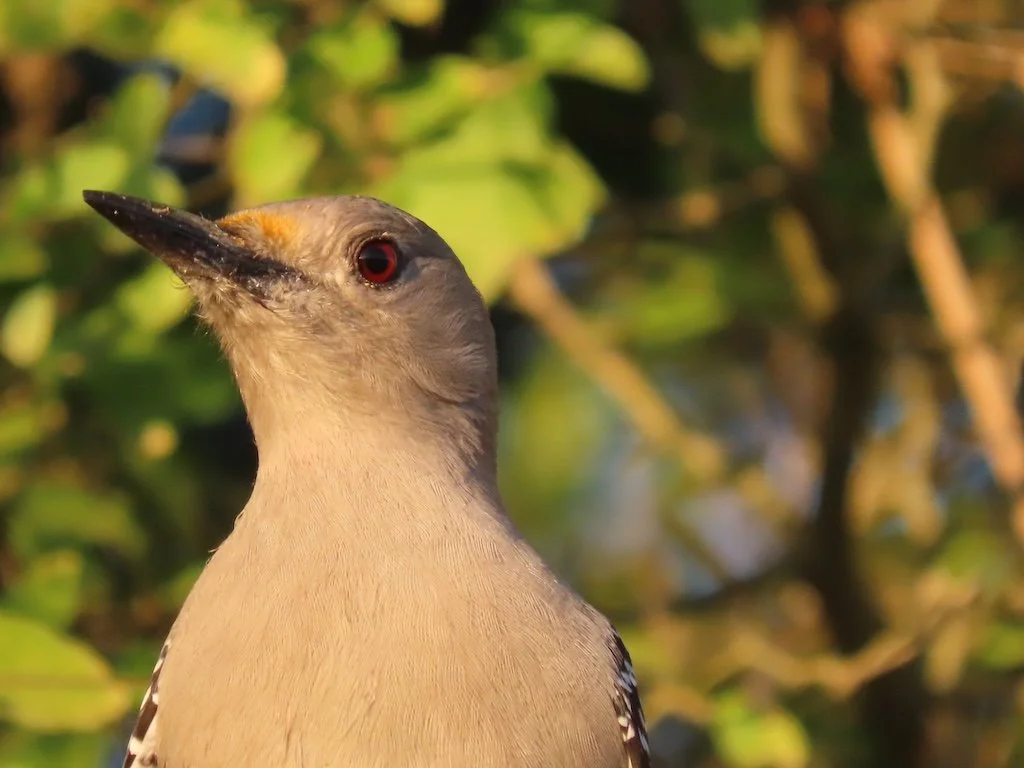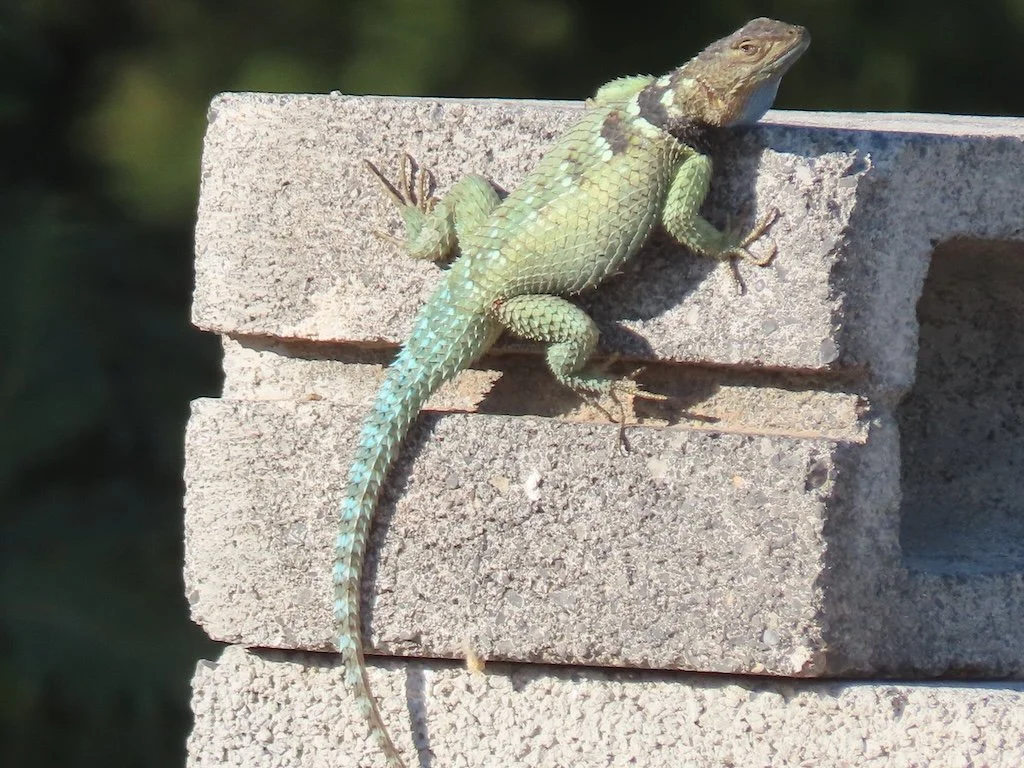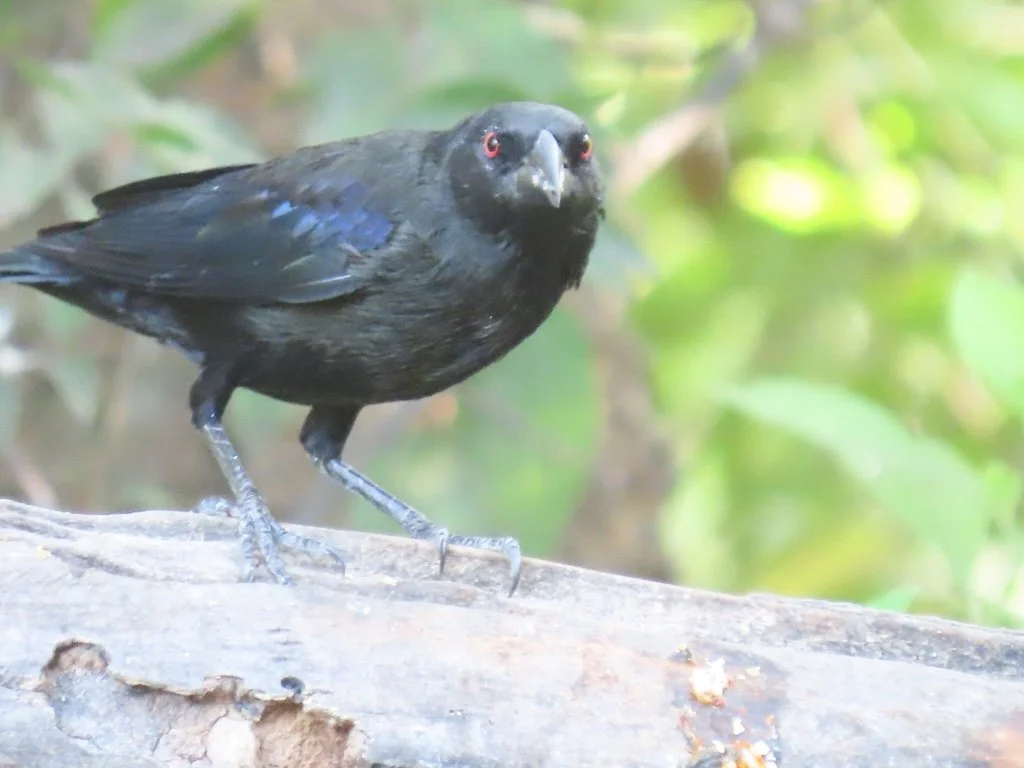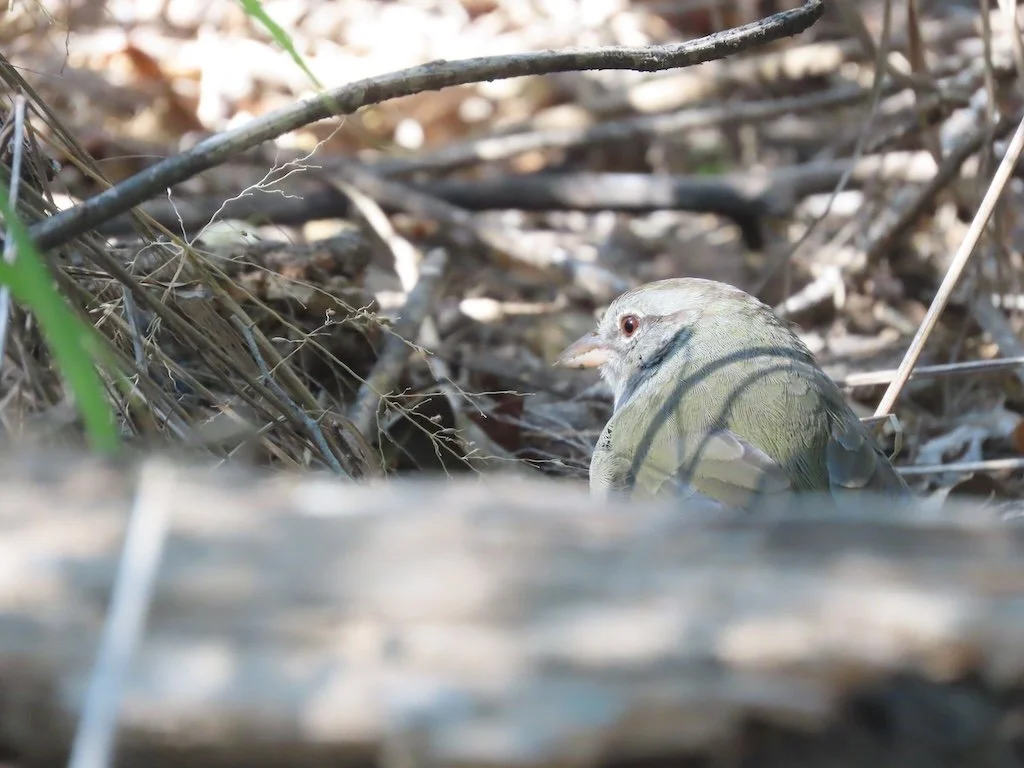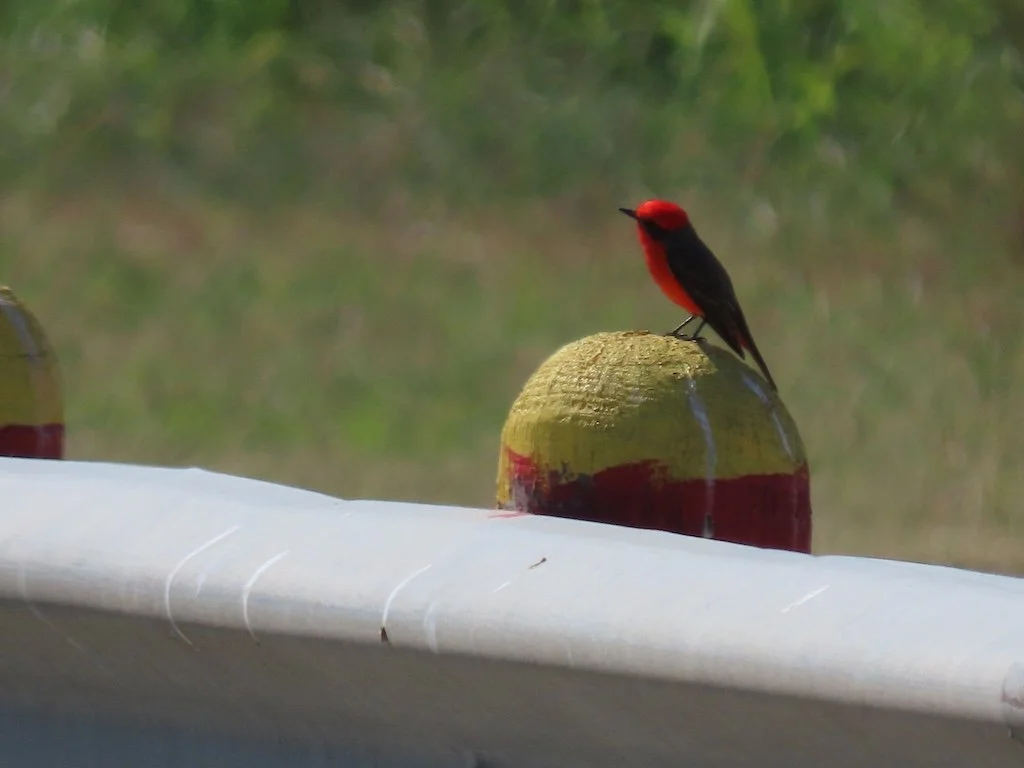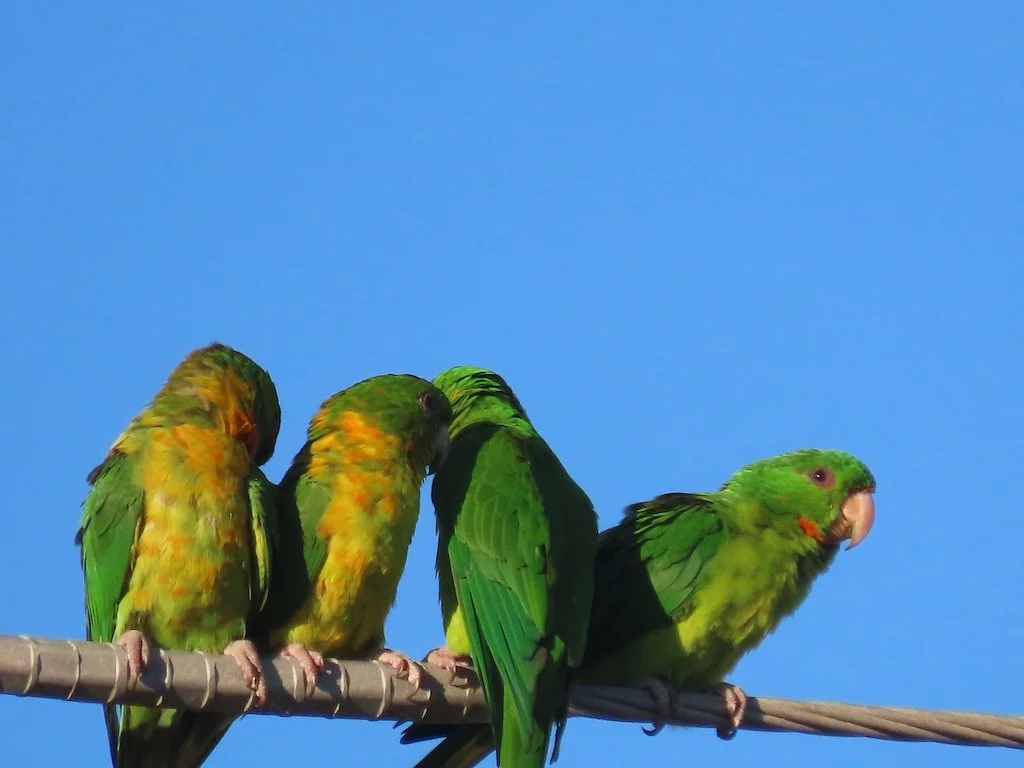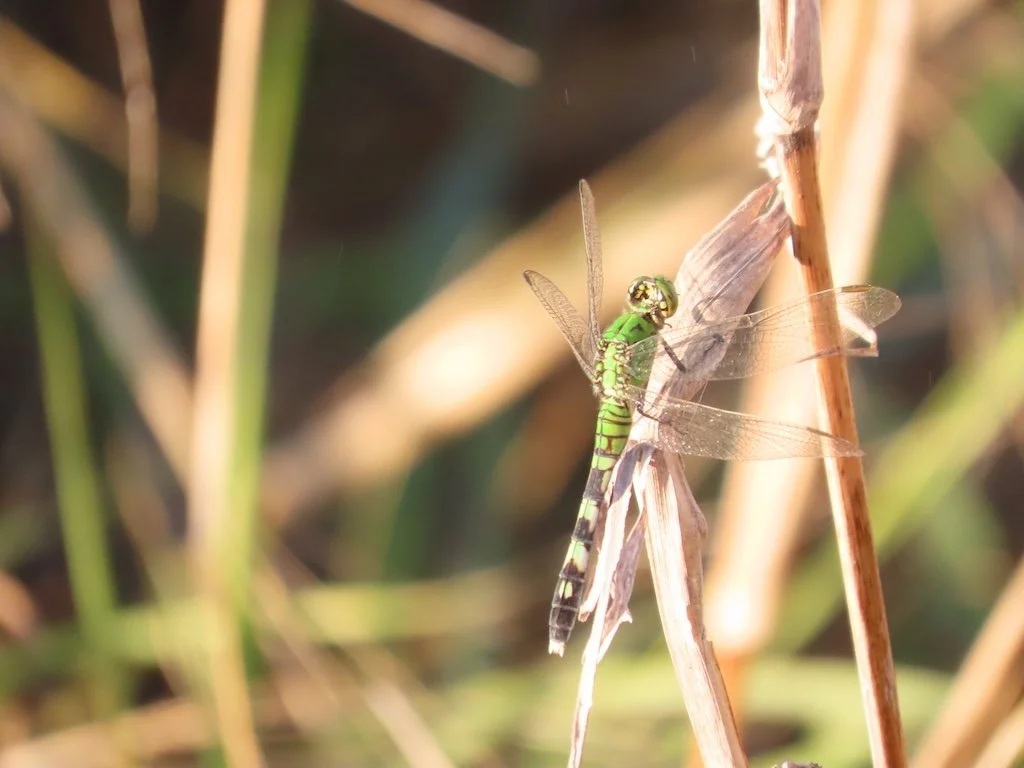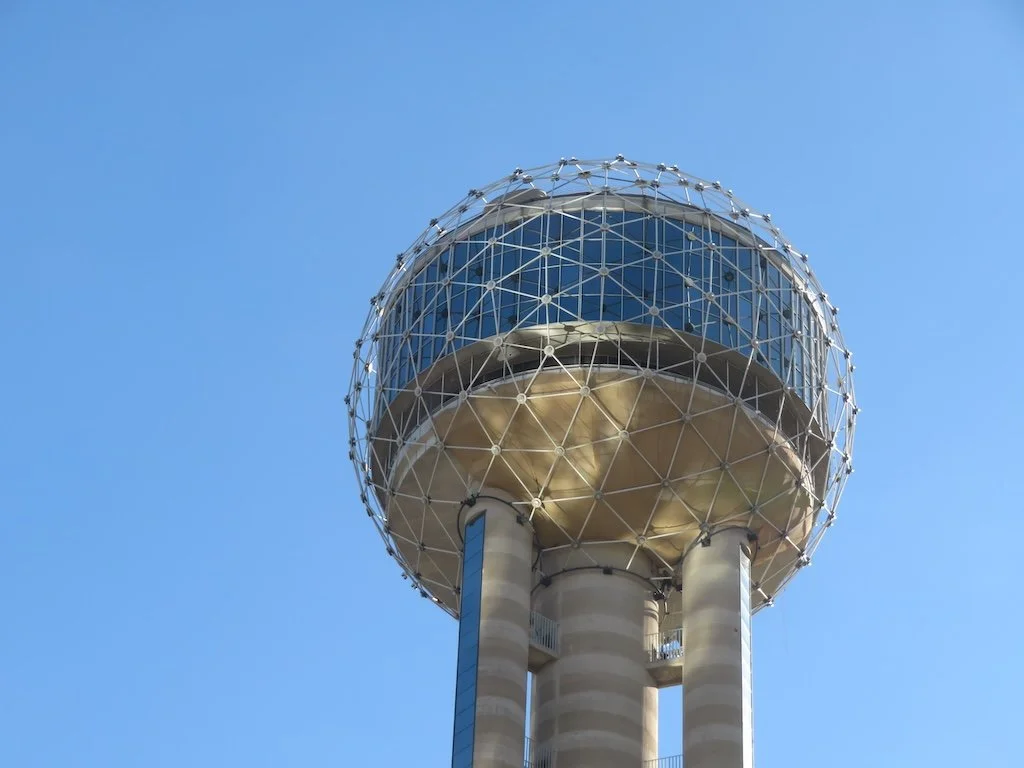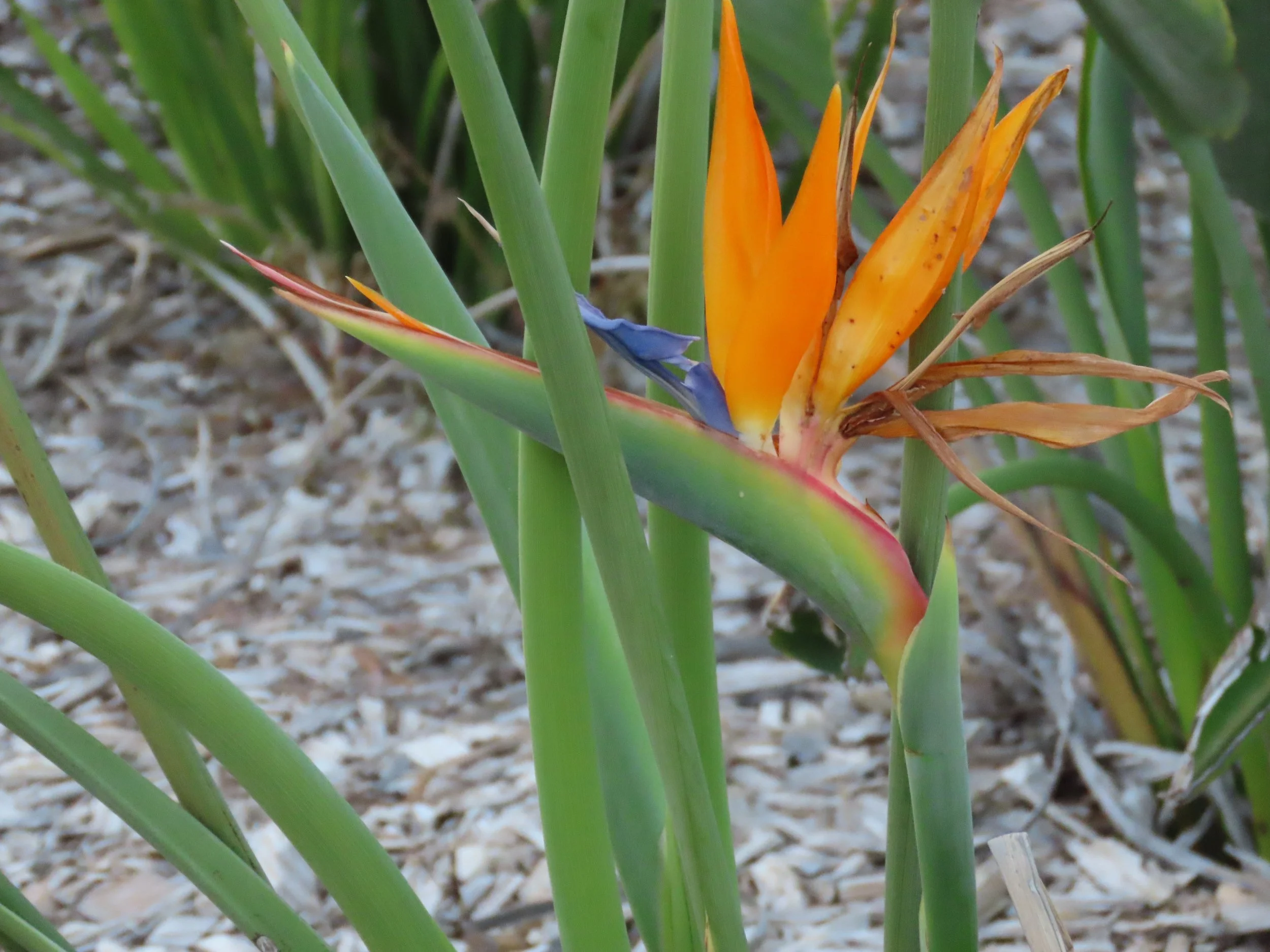American Museum of Natural History in 1953
/The 1953 volume of the Magazine of the American Museum of Natural History is available from Internet Archive (here is the link for whole collection list). I am featuring the volume of magazines published the year I was born this week. There were two items that resonated…that reminded me of other years in my life.
The first was an article about Bandelier National Monument.
I’ve been to the place at least 4 times: Spring 1971, August 1980, September 1981, and March 2005. The first time was for a picnic during a high school trip. In 1980 and 1981 my husband and I camped there. We hiked to the lower falls in 1981….and took our best pictures of the place.
The sideshow below is a mix of pictures from the 1980 and 1981 trips. Based on the pictures, we took longer hikes in 1981. My husband did all the photography. I scanned the slides years later.
In 2005, it was a wet day. It was a bit larger group with my parents, husband and daughter. We only walked around near the visitor center. It is a place to visualize how people lived long ago….and the juxtaposition of more modern history of the world in nearby Los Alamos, the lab at the forefront of creating the first atomic bombs.
The second item was a picture of horsetails.
I remember reading about the plant in a textbook when I was in college in the mid70s…and then being thrilled to see and recognize a stand growing in Platt National Park when we visited a few months later. I had probably seen them before but overlooked them…didn’t realize that these are remnants of primitive plants that used to be the understory of the giant forests that eventually formed coal deposits. The genus (Equisetaceae) was eaten by dinosaurs!
I like finding publications from meaningful times in my life ….it’s a tangible connection to history. It’s also fun to see places I have seen more recently and to think about how they’ve changed … how they’ve remained the same.






